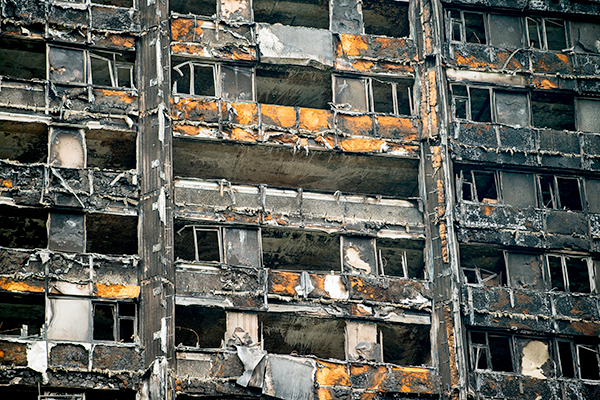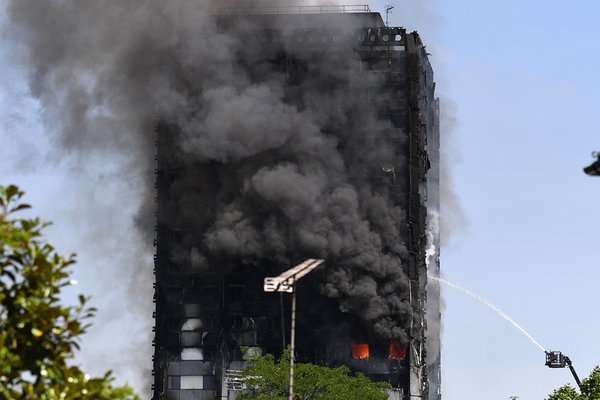Tower block cladding fails latest government test
The latest government cladding test has failed to stop the spread of fire to the standard required by building regulations.
This third test was focused on aluminium composite material (ACM) cladding with a fire retardant polyethylene filler with polyisocyanurate (PIR) foam insulation.
After 25 minutes and five seconds flames had reached up to one metre higher than the wall.
The government’s expert panel said this combination of wall materials does not meet current building regulations.
The Building Research Establishment (BRE) is testing six combinations of cladding, all including ACM. Despite repeated enquiries from Inside Housing, the Department for Communities and Local Government has not explained why it is only testing ACM cladding and no other types. Tower block residents and social landlords have called for other types of cladding to be tested to check their fire resistance.
The tests are carried out by constructing a nine metre wall using combinations of ACM with different types of insulation and filler.
The DCLG said there are up to 13 buildings over 18 metres in England that have this combination of materials on their exterior. Cladding samples from these buildings had all previously failed the first BRE test.
The test report said the cladding was “significantly damaged across the full height”.
The government has now commissioned a seventh test to check how foam insulation and ACM panels react to fire. This test will concentrate on ACM with fire retardant polyethylene filler with phenolic foam insulation.
Landlords have been told to arrange audits of their tower block by the local fire service and to seek professional advice on what to do with their cladding.
Simon Blackburn, chair of the Local Government Association’s Safer and Stronger Communities Board, said:
“Only one council owned block is affected by this latest fire safety test, and the cladding was removed a month ago. The rest of the buildings affected by this latest test are all owned by housing associations, private and other landlords.
“With test fails affecting buildings owned by a range of different landlords across the country, it is clear that the current building regulation system has failed. We need a commitment from government that it will meet the exceptional cost to councils of removing and replacing cladding and insulation on high-rise blocks as a result.”


